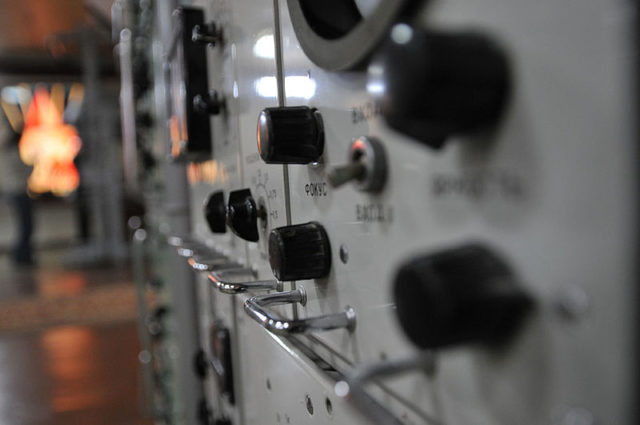Known as “The Polygon,” the Semipalatinsk Test Site is where the Soviet Union performed their nuclear tests. The location is in the grasslands of northern Kazakhstan, which was at the time known as the Kazakh Soviet Socialist Republic.
It begins with Lavrentiy Pavlovich Beria, a Soviet politician and national-security consultant who chose the location in 1947 and set the operation in motion. The reason why Beria decided to go with this location was that he claimed that almost 20,000 square kilometers of the grassland were unpopulated, a statement that was actually false.

For the construction of the facilities, labor from the Gulag, an agency of forced labor camps started by Vladimir Lenin and furthered by Joseph Stalin, was employed. Once everything was in order, the initial tests were ready to start.

This very first testing was given the sobriquet of “Первая молния, Pervaya molniya” and was carried out in 1949. Once the bomb was released, radiation spread to the local villages.
Additional testing was done some 70 kilometers to the west of Kurchatov city, around 100 tests that included exploding the bombs above the ground, which spread additional fallout.

With time, the tests were relocated to the Chagan River, to the east of the initial tests. Here the testing was relocated underground once atmospheric testing was prohibited. A later phase of construction at the site was done by the 217th Separate Engineering and Mining Battalion (the same one that built the Baikonur Cosmodrome) for the labor camp of Semipalatinsk was decommissioned.
The place where all of the labs and offices were housed was nicknamed Kurchatov City. Nuclear testing went on for 40 years before it was canceled. During this period, around 500 bombs were triggered by being either dropped or lowered.

Understandably, these operations were monitored by other governments by using all sorts of instruments such as deploying reconnaissance aircraft like U-2 to take air samples, or at a later date by satellite observation.
Two sites, in particular, were of interest to American agencies, the PNUTS site and the URDF-3 site. Once the Soviet Union fell, the agencies discovered that the URDF-3 site was working on developing a “nuclear thermal rocket”.

It was officially shut down in 1991, on the 29th of August. Following its closure, the site was abandoned, leaving much of the radioactive elements behind. The fallout from the tests had a negative impact on the health of all of those located near the sites, such as the village of Sarzhal located close to the Chagan Lake, which itself was created by a powerful explosion.

Students from Cambridge did research that involved taking blood from forty families living close to the testing ranges. The research showed that the offspring of these families were more prone to mutation. The rest of the residents suffered from various types of cancer.

According to the researchers, around 200,000 people were exposed to nuclear fallout. According to an investigation done by the BBC in 2010, one in 20 children from the area were genetically mutated.
A movie titled After the Apocalypse was filmed that further elaborates on this subject. Today, decades after the closure of this nuclear program, radiation can still be recorded in the air, and not only is the atmosphere radioactive, the soil and water are contaminated too.

“Radiation level inside the ‘Polygon’ today is mostly low, but there are still pockets of elevated residual radiation in the area,” wrote amusingplanet.com in an article entitled “Semipalatinsk Nuclear Test Site.”

As a way to celebrate the 15th anniversary of the closing of the Semipalatinsk Test Site, a treaty was signed on the 8th of September 2006 by Tajikistan, Uzbekistan, Kyrgyzstan and Kazakhstan. For the victims of the nuclear tests, a monument was erected so that their sufferings would not be forgotten by history, a memorial named “Stronger than death.”
